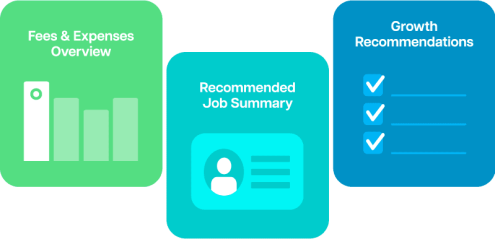Consider how Satya Nadella transformed Microsoft’s culture through effective digital communication. His regular email updates, engaging Twitter presence, and virtual town halls have played a crucial role in reshaping the company’s image and internal culture.
As technology evolves, so too will the tools at our disposal. Virtual and augmented reality, for instance, may soon offer new ways to create immersive communication experiences. Leaders must stay abreast of these developments and be ready to adapt.
Mastering digital communication is no longer optional for leaders—it’s a critical skill that can significantly impact organizational success. By embracing new technologies, maintaining authenticity, and continuously refining our approach, we can ensure our messages resonate in this digital age. Remember, at its core, effective communication is about connecting with people. While the mediums may change, the fundamental goal remains the same: to inform, inspire, and drive positive action. In mastering digital communication, we don’t just adapt to the future—we shape it.









